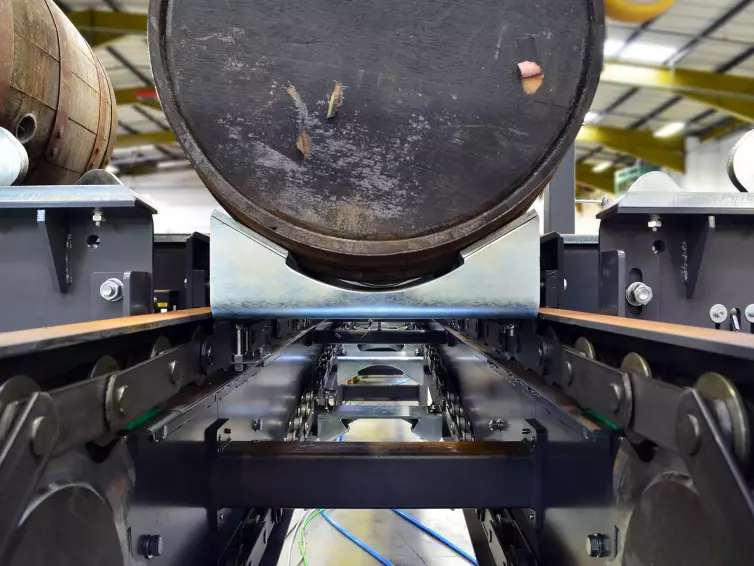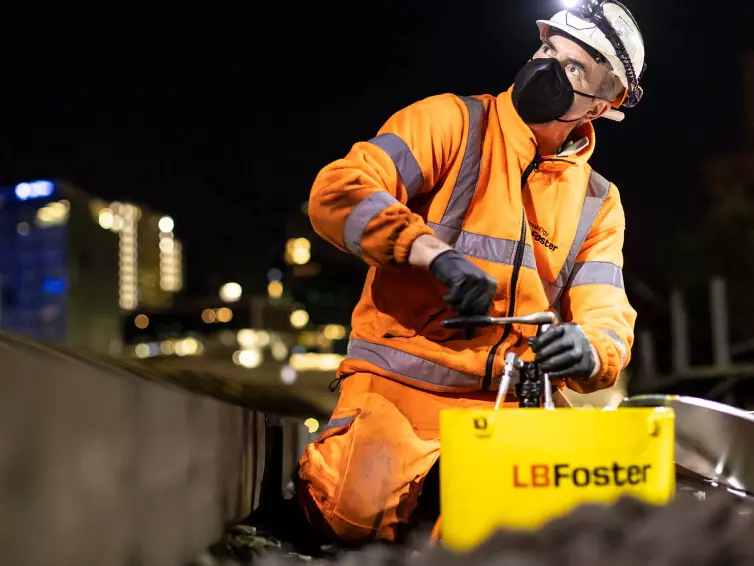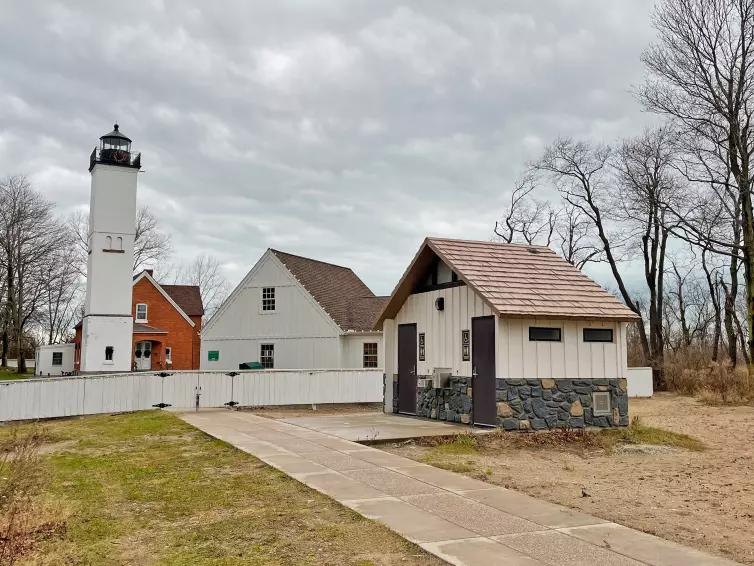World class ATEX systems integrator
- Jul 01, 2018
- Rail
ATEX, the French acronym ATmosphere EXplosible, covers standards for both equipment and personnel in hazardous environments generated by gases and dust. The UK implementation is covered by the Dangerous Substances & Explosive Atmosphere Regulations (DSEAR)
Safely and reliably defining any system to meet ATEX requirements should be carried out by approved independent advisors and consultants and the resulting specification adhered to as part of process and project implementation.
L.B. Foster Automation & Materials Handling is an acknowledged system integrator, involved in a wide range of international industries including rail, nuclear power, oil and gas, food and drink and automotive production.
Alex Morgan is Technical Manager at L.B. Foster Automation & Materials Handling. He says: “As with other safety-critical processes, such as specific aspects of CE marking, we know that it is more efficient and safer to consult specialists for their expertise where it is outside of our core competence, such as ATEX. We work with these consultants to develop the most appropriate client solution, rather than attempt to meet the necessarily high standards demanded by the regulations with our own in-house resources.
Our real skill is knowing when to bring in external experts during a project and to sell that decision to our end customer as the best approach to a long and successful project outcome
Atex levels - Zones
There are a range of ATEX levels for an atmosphere, split into those due to gases or vapours and those due to combustible dust, with equipment approved for one or the other, and potentially both. Within each, zones are specified based on the frequency of a particular situation occurring. Briefly, a continuous occurrence or something that happens for long periods or frequently is classified as zone 0 for gases and vapours and zone 20 for combustible dust. An occurrence that occurs occasionally in normal operation is classified as zone 1 for gases and zone 21 for dust and an occurrence that is not likely to occur in normal operation is classified as zone 2 for gases and zone 22 for combustible dust. There are further sub clauses for underground or above ground environments. Equipment is classified into categories with category 1 referring to equipment usable in zone 0, category 2 for zone 1 and category 3 for zone 2. Additionally, the equipment is then rated for gas “G” or dust “D”. For example, a motor suitable for use in zone 2 for defined flammable gases would be “3G”. The ATEX 137 Workplace Directive (Directive 99/92/EC) defines the standards that applies to workplace safety and Directive 94/9/EC deals with equipment within potentially hazardous environments. The critical point with this directive and associated directives is that it is not optional. If in doubt, consult an external independent consultant to review each application. A further point is that many individual items of equipment, such as sensors and motors, are ATEX rated to different levels. However, unless the whole system is evaluated and approved as a system, having individual items approved is only part of the process. There are other aspects covering the approved maximum temperature of operation, the type of gas environment and whether it is approved for above or below ground usage. Therefore, while an environment will be classified as 0,1,2 for gases or 20, 21 or 22 for dust, the associated equipment suitable for use in these environments will have much more detailed approvals some of which will always require external independent approval and certification.
The effect of time
However, none of this addresses what happens with time. Does the process zoned as 22, have the potential for dust build up on a hidden surface or in roof voids? Housekeeping processes and associated risk assessments become critical. Does the action of brushing up dust cause a cloud of dust or do compressed air blowers to clean one area move dust to another area that is not cleaned? Does that seemingly simple saving on frequent cleaning and housekeeping in the hidden areas of a process or facility store up a future with hidden dangers? Even the build-up of a very small amount of potentially combustible dust can be the source of a future explosion.
Summary
Alex Morgan, Technical Manager says: “L.B. Foster Automation & Materials Handling is a world-class system integrator. We work with a customer project team as ATEX requirements are worked through and then collaborate to implement the agreed and defined project and its agreed ATEX Levels, ensuring that the necessary third-party evaluations and checks are achieved.”


